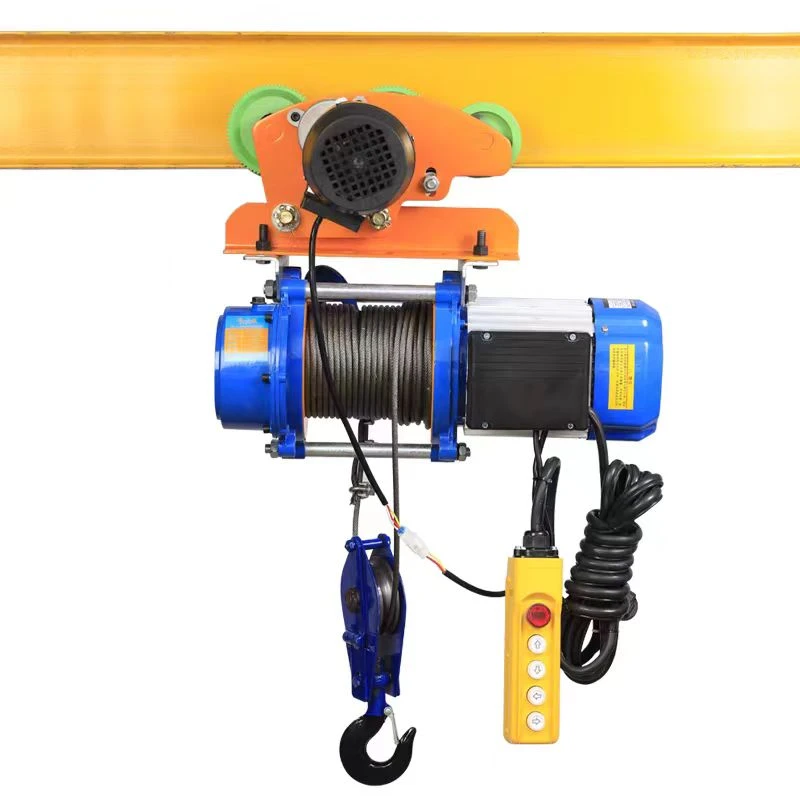


The Versatility and Efficiency of Hydraulic Pallet Jacks
In the modern warehouse and logistics landscape, the hydraulic pallet jack stands out as an essential piece of equipment. Renowned for its efficiency, ease of use, and versatility, this tool has revolutionized the way goods are moved, contributing significantly to operational productivity. In this article, we will explore the mechanics, types, benefits, and applications of hydraulic pallet jacks, showcasing why they are a staple in various industries.
Understanding Hydraulic Pallet Jacks
At its core, a hydraulic pallet jack, also known as a hand pallet truck or pump truck, is designed to lift and transport pallets. It comprises a wheeled platform, forks that slide beneath the pallet, and a hydraulic mechanism that enables lifting. The design allows operators to easily maneuver heavy loads, reducing physical strain and enhancing efficiency in handling materials.
The operation is simple an operator inserts the forks into the pallet, pumps the handle to activate the hydraulic lift, and then navigates the pallet jack across the floor. This mechanism relies on Pascal's principle, where pressure applied to a fluid in a confined space is transmitted equally in all directions, allowing for the lifting of substantial weights with minimal effort.
Types of Hydraulic Pallet Jacks
There are several types of hydraulic pallet jacks to cater to varying needs
1. Manual Pallet Jacks The most common type, manual pallet jacks require operators to pump the handle manually. They are ideal for lighter loads and short distances, making them perfect for small warehouses and retail settings.
2. Electric Pallet Jacks These are battery-powered and can lift and move heavier loads with minimal effort from the operator. They are especially useful for larger warehouses and distribution centers, where efficiency and speed are critical.
3. High-Profile Pallet Jacks Designed for high-inventory environments, these jacks can lift pallets to higher elevations, allowing for easy access to stacked goods.
4. Rough Terrain Pallet Jacks With larger wheels and robust construction, these jacks are designed for use in outdoor settings or on uneven surfaces, making them suitable for construction sites or outdoor storage.

Benefits of Hydraulic Pallet Jacks
The advantages of hydraulic pallet jacks are numerous
- Ergonomics By reducing the physical strain associated with lifting heavy loads, these tools promote better workplace ergonomics, thereby reducing the risk of injury among workers.
- Cost-Effectiveness Compared to larger forklifts, hydraulic pallet jacks require a lower initial investment and incur fewer maintenance costs, making them an economically viable option for many businesses.
- Space Efficiency Their compact size allows for easy storage and maneuverability in tight spaces, making them ideal for small warehouses.
- Enhanced Productivity By facilitating the quick and easy movement of goods, hydraulic pallet jacks significantly increase productivity, enabling more efficient workflow and faster order fulfillment.
Applications Across Industries
The utility of hydraulic pallet jacks spans a multitude of industries. In manufacturing, they are vital for transporting materials between production lines. In retail, they simplify the task of restocking shelves, while in logistics, they are indispensable for loading and unloading goods from trucks. Other sectors, such as food production and pharmaceuticals, utilize hydraulic pallet jacks to move sensitive items that require careful handling.
Conclusion
In conclusion, hydraulic pallet jacks are more than just a piece of equipment; they are a vital tool that enhances efficiency and productivity across various industries. Their ease of use, cost-effectiveness, and versatility make them indispensable in modern material handling. As businesses continue to evolve and expand, the role of hydraulic pallet jacks will undoubtedly remain critical, driving operational success in an increasingly competitive market. By investing in the right type of pallet jack, companies can optimize their logistic operations and ensure a safer, more efficient work environment.



